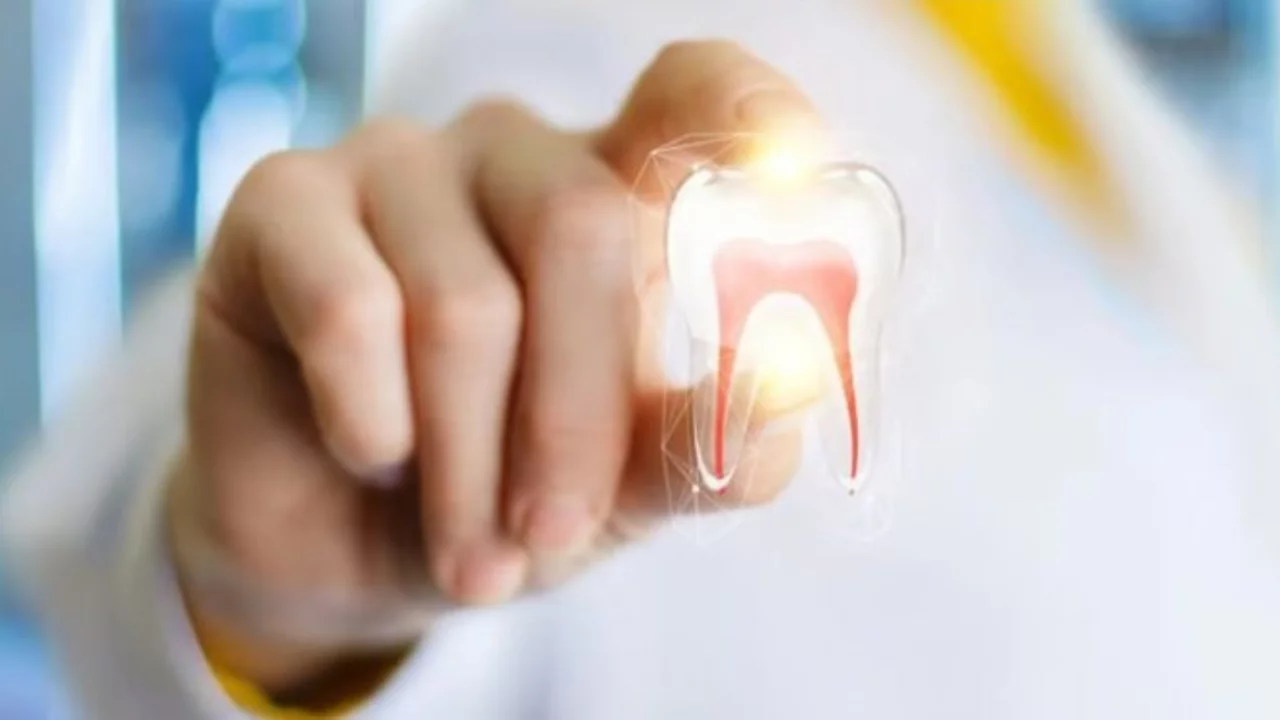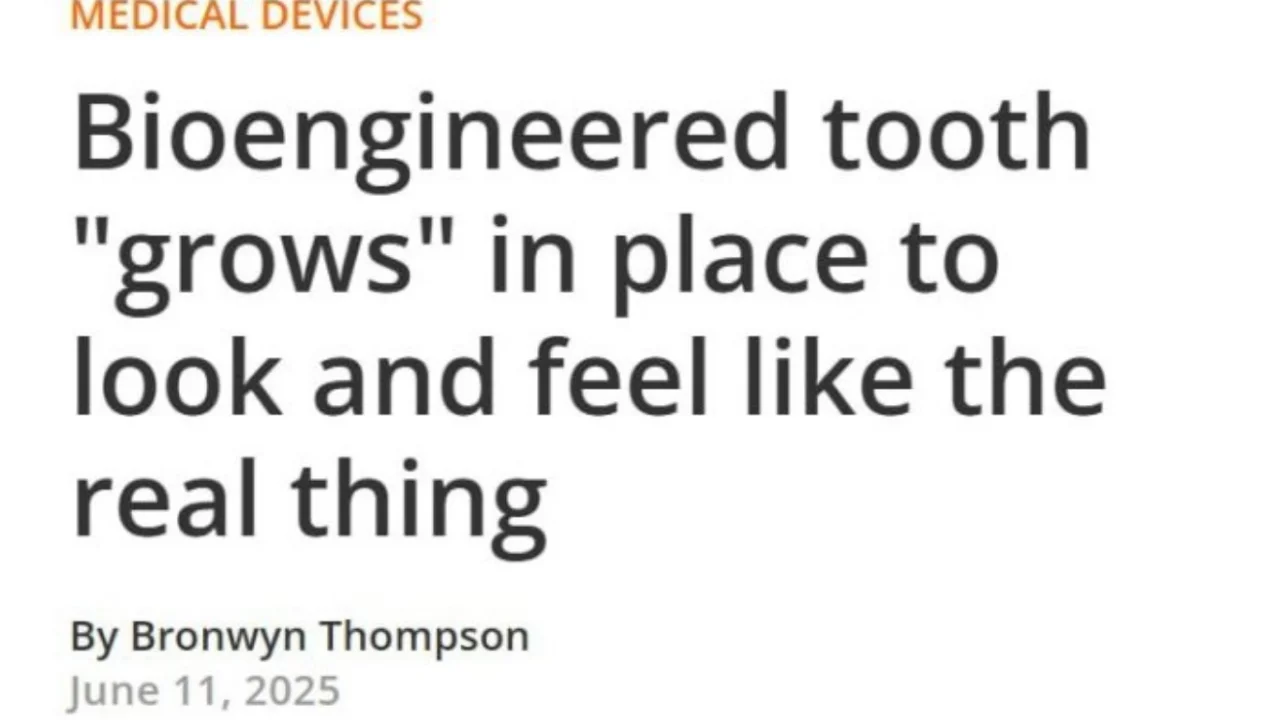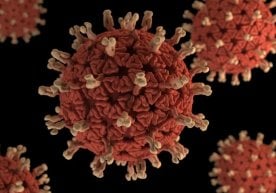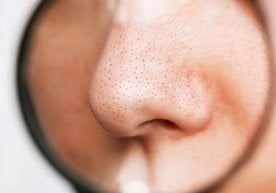
Scientists develop innovative implants that closely resemble real human teeth
A major achievement has been recorded in the field of medicine and bioengineering — scientists have developed a new generation of dental implants that connect with the nervous system and function like natural teeth. These "smart" implants are not only visually similar to real teeth but also possess the ability to sense.
Connects to nerve tissue, senses pain and temperature
This new type of implant is placed directly into the soft tissues of the mouth, eliminating the need to drill into the bone. Its core is made of stem cells, and due to a special protein it contains, the implant binds with existing nerve tissues in the body. As a result, the implant can detect temperature, hardness of food, and other tactile sensations.
Animal testing proved successful
According to the researchers, the "smart implant" was first tested on rodents. Six weeks after implantation, it was fully functional and began receiving nerve signals. This opens the way for clinical trials in humans.
Implants could mark a new era in medicine
Experts emphasize that these dental implants offer not only cosmetic, but also functional benefits. If clinical trials succeed, this technology could bring a major breakthrough in treating oral diseases that lead to disability.
Next-gen teeth could be in use within a few years
The innovation is currently being prepared for human trials. Researchers believe these "smart" implants could be integrated into dental practice within the next 3–5 years, replacing natural teeth both visually and functionally.
 Read “Zamin” on Telegram!
Read “Zamin” on Telegram! Ctrl
Enter
Found a mistake?
Select the phrase and press Ctrl+Enter Related news
Information
Users of Меҳмон are not allowed to comment this publication.
Users of Меҳмон are not allowed to comment this publication.









![[img]https://zamin.uz/uploads/posts/2025-11/532081a9](/templates/zaminuz/dleimages/no_image.jpg)



